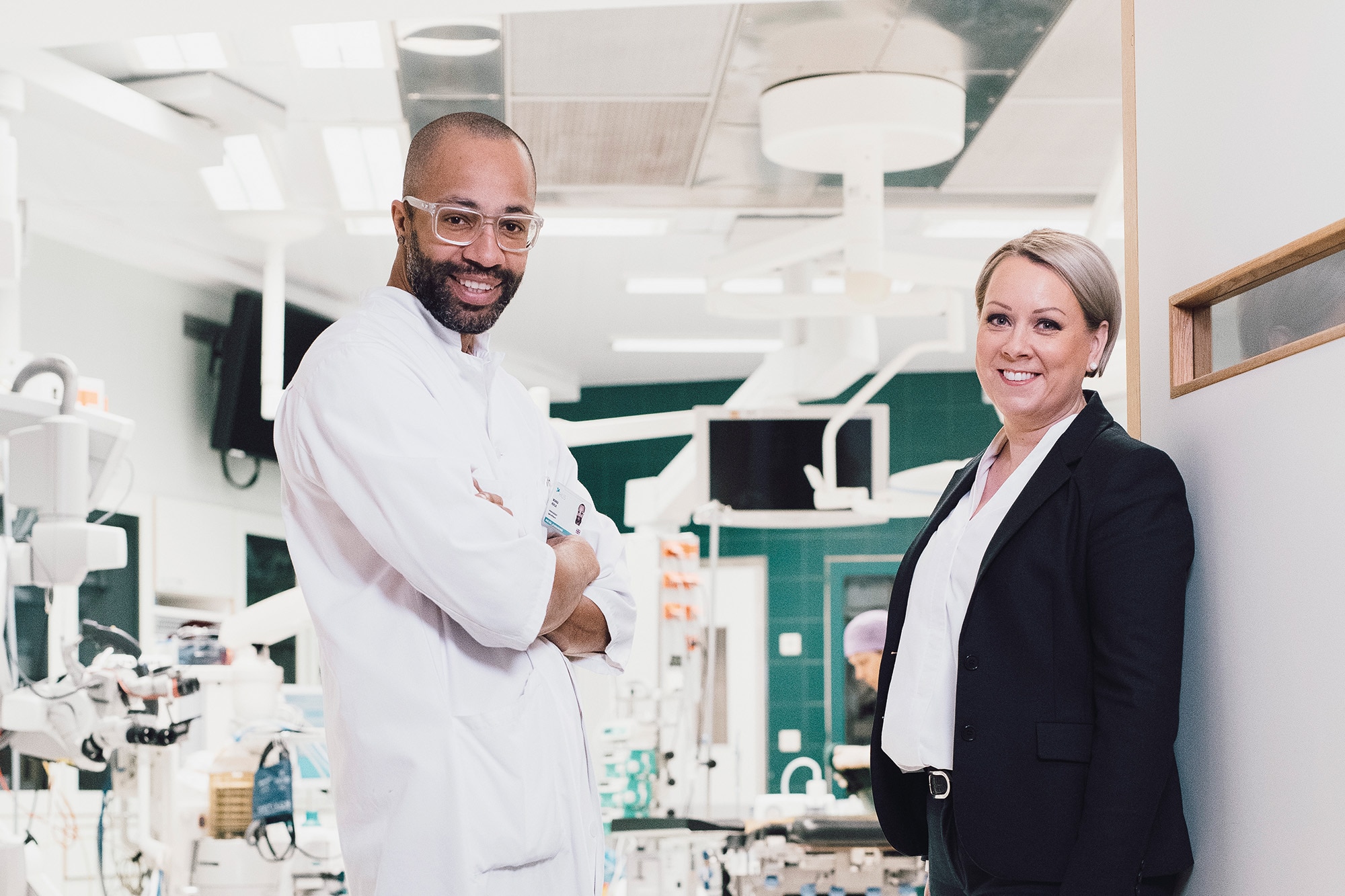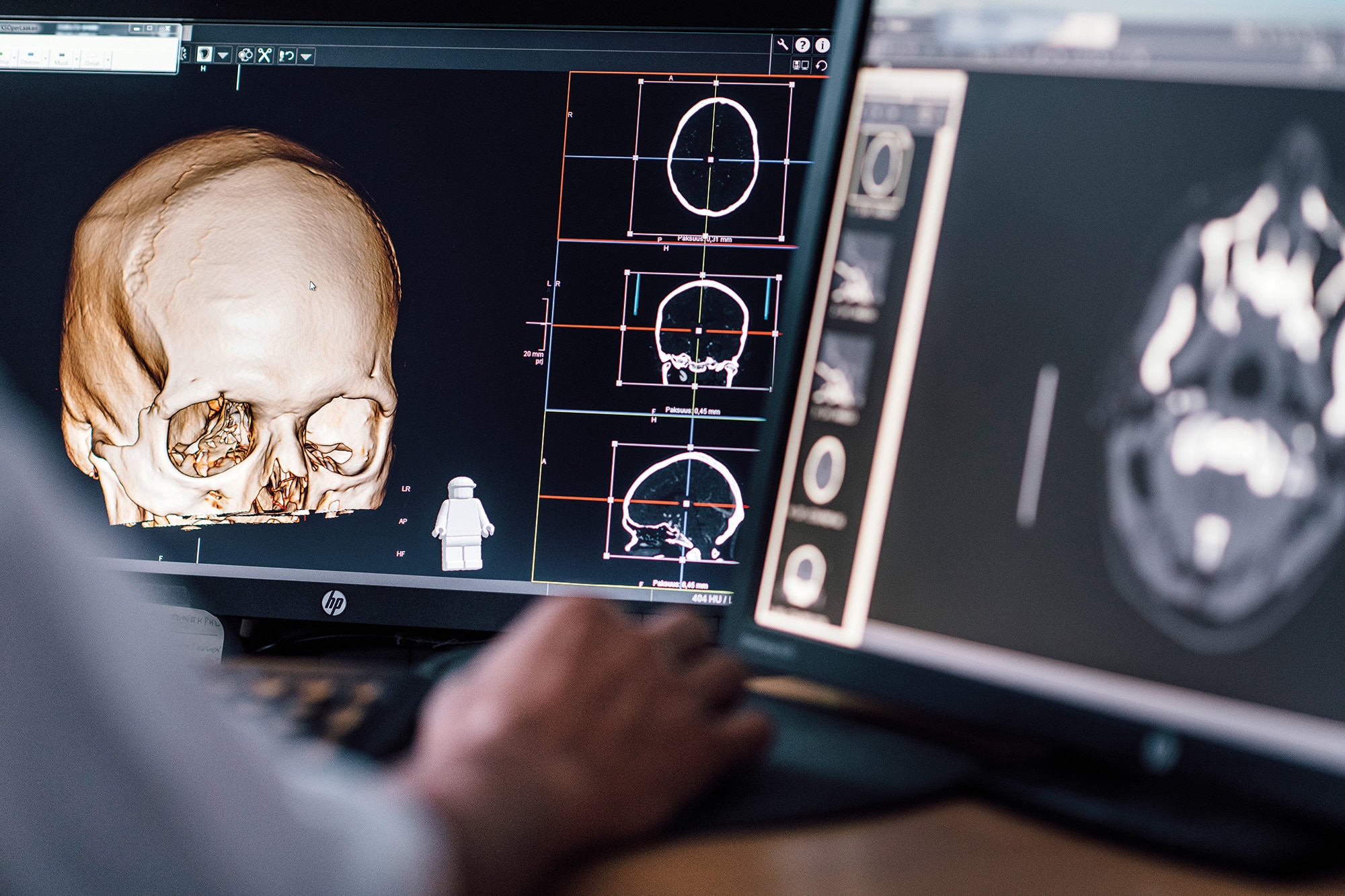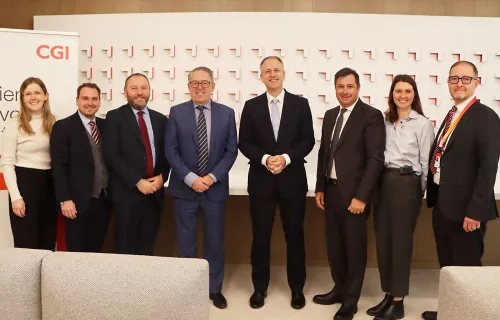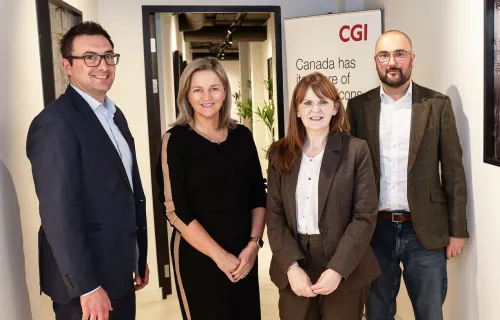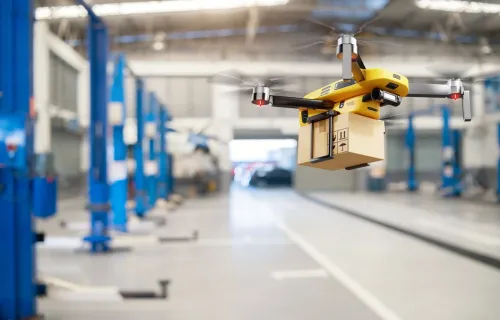There are great expectations from artificial intelligence solutions for brain imaging with CleverHealth Network, which is aiming for it to become a multi-million Euro business. This article originally published in the CGI in Finland’s Ratkaisu magazine*, covers the vast innovation potential this emerging technology offers healthcare.
Maija goes to the emergency room because of a severe headache. The doctor does not see anything suspicious in the CT scan, so Maija is sent home. The following day, another doctor reviews the scan and detects a cerebral hemorrhage, and the hospital calls Maija immediately.
Every year, several thousand Finns suffer from some type of cerebral hemorrhage. Magnetic resonance and computed tomography (CT) images are often difficult to interpret and mistakes can be fatal. For example, 75% of people with an unidentified subarachnoid hemorrhage die within a year of recurrence. In most case, these people are of working-age.
“There will come a day when Maija will receive, on her mobile phone, a detailed statement created by artificial intelligence (AI) the minute she exits the imaging equipment,” says Miikka Korja, Associate Professor of Neurosurgery and Chief Innovation Officer, Helsinki University Hospital (HUS). Korja is leading the AI Head Analysis project, one of CleverHealth Network’s projects.
Miikka Korja, Associate Professor in of Neurosurgery and Chief Innovation Officer, Helsinki University Hospital (HUS) and Mirka Tammi, Project Director at CleverHealth Network believe that brain imaging services can be created globally using artificial intelligence diagnostics.
What is CleverHealth?
The CleverHealth Network ecosystem, coordinated by HUS, was established in 2017 to develop well-being product and service innovations for the global market. Four ongoing collaborative projects are underway that combine HUS’ clinical know-how with technology companies’ expertise and health data.
“This kind of co-development is quite new in healthcare. The objective is to start several projects each year,” says Mirka Tammi, Project Director at CleverHealth Network.
Approximately six months ago, Business Finland granted CleverHealth the status of “Growth Engine,” as the business potential of the project has been estimated at one billion euros.
“The revenue generated by the participants when the projects succeed in creating product and service innovations for the global market is estimated in the billions,” states Tammi.
Vast potential
According to Korja, cooperation with technology companies, such as CGI, is critical to ensure modern, publicly funded top hospitals can keep pace. “Our projects are aimed at improving the health of citizens and the potential returns can be huge at the global level. The road to success is in imaging and processing intensive care patient data,” he says.
Data certainly is being accumulated. On a daily basis, intensive care generates more than a hundred million measurement parameters of data for each patient. On an annual basis, HUS performs 1.8 million imaging examinations, and at the national level, the number of head CT scans alone is approximately 160,000.
HUS performs 1.8 million imaging examinations each year, and at the national level, the number of head CT scans alone is approximately 160,000.
At the same time, the number of radiologists is decreasing and workloads are growing. AI can instantly find the images that require the radiologist's attention. The accuracy of diagnosis and the quality of care will also improve.
This is the aim of the AI Head Analysis project with CGI. The first algorithm already recognises specific cerebral hemorrhages with an approximately 94% accuracy rate. Algorithms require continuous development because patient data, illnesses and imaging systems are constantly changing. CGI develops and maintains the algorithms, while HUS manages the clinical validation.
According to Miikka Korja, Associate Professor in of Neurosurgery and Chief Innovation Officer, Helsinki University Hospital (HUS), cooperation with technology companies, such as CGI, is critical to ensure modern, publicly funded top hospitals can keep pace.
“We solve global problems for which there have been no solutions so far. Nothing happens with the snap of your fingers. These are revolutionary, scalable research projects and their timelines are rather long,” Korja says.
According to Korja, the completed cerebral hemorrhage algorithm is expected to be in clinical use within a year or two. The final objective involves developing a set of algorithms and a global service, which will provide even more comprehensive information on the status of the brain.
“Within five years, Finland may have a service that provides AI-based brain imaging diagnostics worldwide. We are both able and willing to do that. This could address the sustainability gap in healthcare. Specialised medical care would not cost anything for the municipalities as the money for it would come from services aimed at international markets,” Korja envisages.
CGI: CleverHealth’s primary artificial intelligence expert
CGI has been involved with CleverHealth Network since its inception and is the main partner in the development of artificial intelligence for the AI Head Analysis project.
“Together, we are teaching the CGI system what cerebral hemorrhages look like. HUS selects the patient cases, and its doctors draw the hemorrhages and other abnormalities by hand on the CT images,” explains Miikka Korja, Associate Professor of Neurosurgery and Chief Innovation Officer at HUS.
Before AI processes the images, they are pre-processed with an imaging solution provided by Finnish company Planmeca. CGI then uploads the data to a secure cloud environment and manages the machine learning model and algorithm development.
“The project has progressed very well, as the people involved are competent, extremely enthusiastic and able to work well together,” says Mirka Tammi, Project Director at CleverHealth Network.
*Ratkaisu magazine is published several times a year by CGI in Finland.

